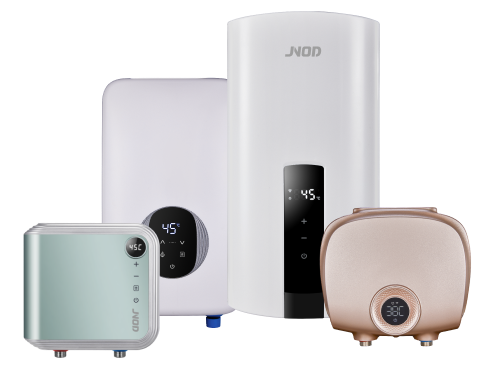
Tailor to Any Applications, Any Hot Water Needs with JNOD.
Your Trusted Partner for Energy-Efficient and Reliable Electric Hot Water Solutions.
Have you ever gone through the agony of finishing your shower while the water is turning cold? For instance, you might have been having a long wait for the hot water to reach a far-off faucet or appliance? If it is the case, you are not the only one. Usually, the old-fashioned tank-style water heaters are unable to provide sufficient hot water for the current day households, especially in big family houses with more than one bathrooms or long pipe runs. Fortunately, there’s a solution: point of use (POU) water heaters. These small and efficient units are conceived to provide hot water right where it is needed, thus avoiding the wait and providing a continuous flow of hot water for all your needs.
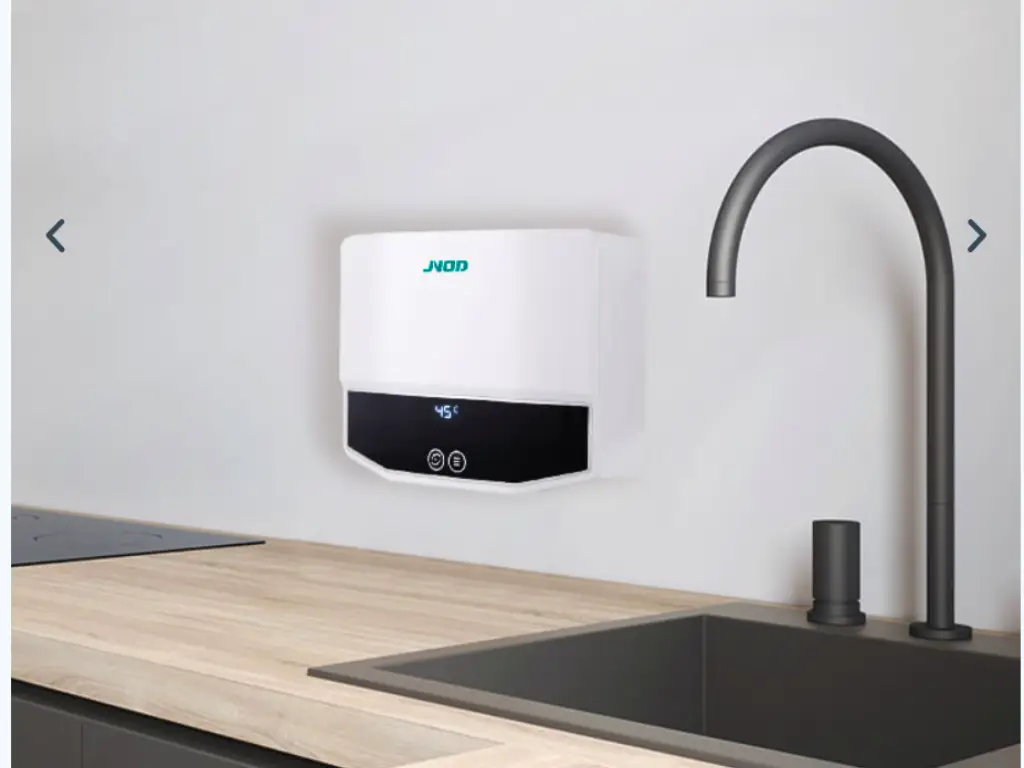
A point of use (POU) water heater, also referred to as a point of service (POS) water heater or a point of use on demand POU water heater, is a small water heating system that is intended to be installed at the point of use, such as under a sink, close to a shower, or near a washing machine.
Unlike central water heaters, which store and heat a large amount of water in a tank, POU water heaters heat water only when needed, right at the point of use. This means that there is no need for hot water to flow through long pipe lines, which results in efficient and instant hot water delivery.
The fact that they deliver hot water in an efficient and precise way has made the point of use water heaters a sensible choice for homeowners who want to improve their hot water experience and reduce energy consumption and related expenses.
Point of use water heaters can be broadly categorized into two main different types: tank and tankless. Every one of them is different and they all have their own unique characteristics which home owners may select from in order to meet their particular hot water needs and preferences.
Tank point of use water heaters are compact, storage-type units that keep a small amount of water heated, typically 2.5 to 20 gallons. These heaters are similar to the larger tank heaters, but on a smaller scale.
The water in tank is continuously heated and maintained at set temperature so that the hot water is always accessible and can be used on demand. Tank PU heaters have the advantage of being suitable for applications with moderate and predictable hot water demand, for example, a single bathroom or kitchen sink.
Tankless water heaters, which are often referred to as on-demand or instantaneous water heaters, do not have to store hot water. Rather, they heat water directly as it goes through the unit, and therefore, it produces endless hot water supply when required.
The heaters are usually wall-mounted and can run on electricity, natural gas or propane. When the hot water tap is turned on, the heating element or burner is activated, and the water flows through the unit at a very high speed and is heated.
Tankless point-of-use heaters have a superior energy efficiency since they only run when hot water is needed and there is no standby energy loss as with the tank-style heaters. Nevertheless, they have a smaller flow rate, so they are more for applications with lower hot water demand, like a single sink or shower.
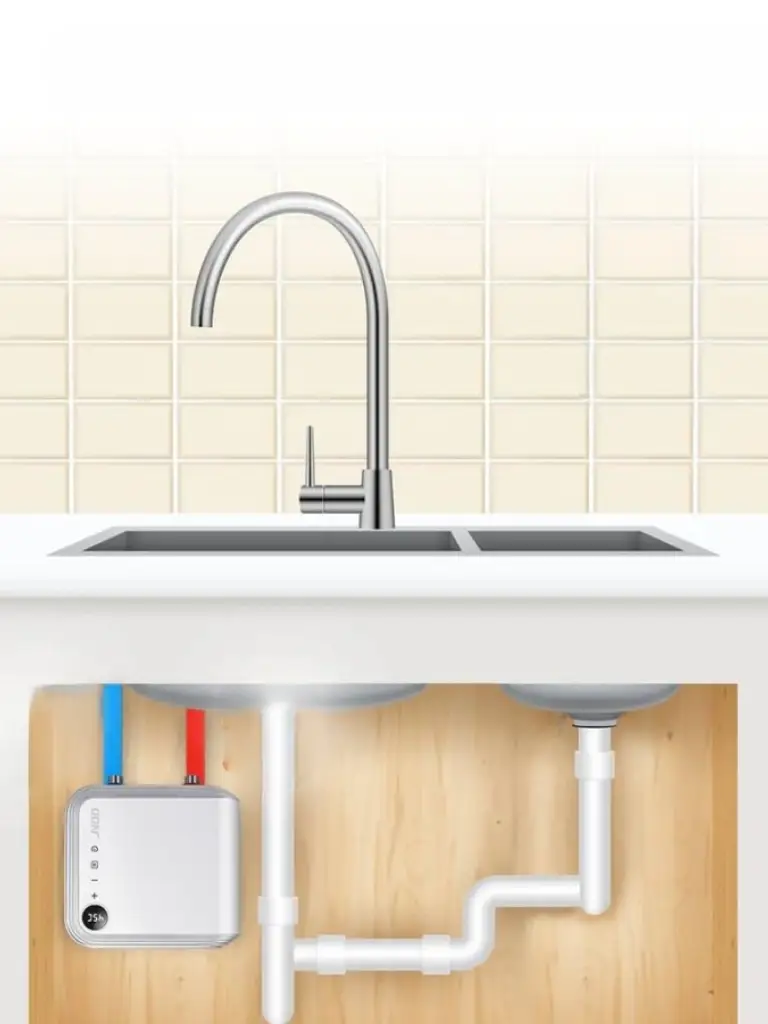
The principle of their operation is rather simple yet efficient – they generate hot water on demand, right at the point where it is required. In contrast to a storage tank water heater which is continuously heating a large volume of water, POU heaters have the capability of only heating the water as it flows through the unit, consequently, the supply of fresh and unlimited hot water is guaranteed.
The operation of a POU water heater can be broken down into the following steps:
Having a POU unit installed in your household or business can be a great help, in that it offers more convenience and cost-savings. Here are some of the key advantages:
This can be achieved by exploiting these advantages and, in turn, will make it possible for homeowners and businesses to have a continuous and reliable supply of hot water while they will be using less energy, paying less utilities and making the environment cleaner.
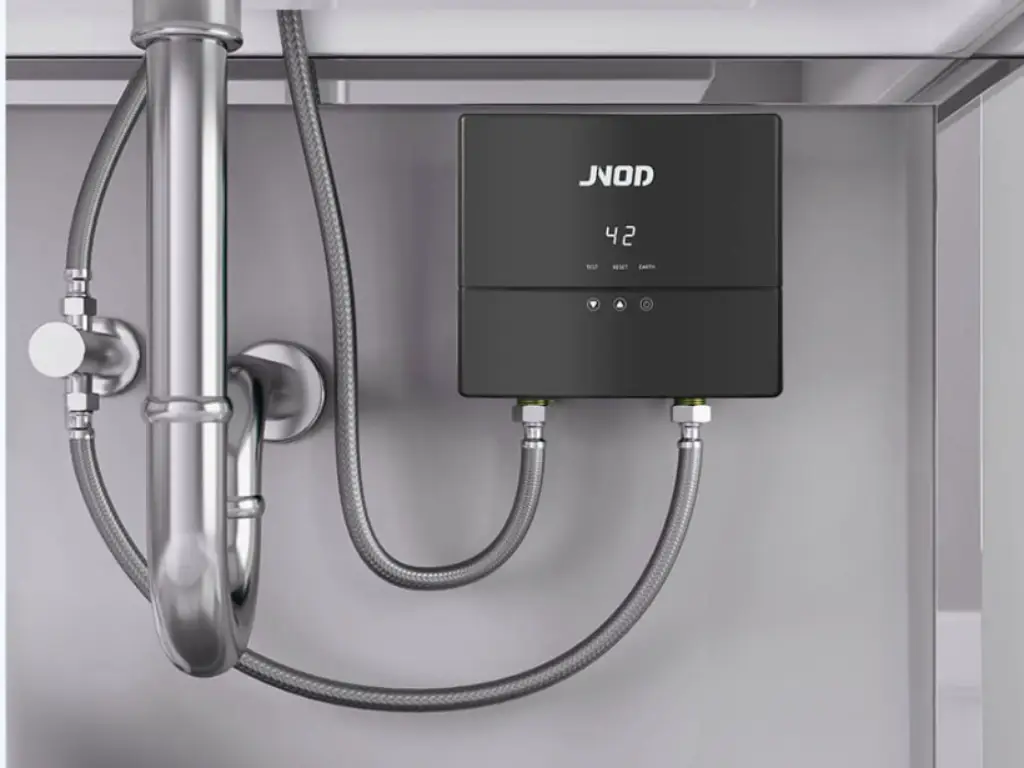
POU water heaters are widely adaptable and are capable of being put in different sites to serve the multiplicity of requirements for hot water, whether residential or commercial. Here’s a comprehensive overview of common applications and ideal installation locations for POU water heaters:
| Application | Ideal Location |
| Bathrooms | – Under sinks – Closets/utility rooms (for larger units) – Basements (near bathrooms or bars) |
| Kitchens | – Under kitchen sinks |
| Laundry Rooms | – Near washing machines |
| Outdoor Living Spaces | – Garages – Workshops – Near outdoor sinks or showers |
| Detached Buildings | – Garages- Workshops – Guest houses |
| Bars/Kitchenettes | – Basements – Closets/utility rooms |
| Hot Tubs/Spas | – Near hot tub installations |
| Restaurants/Commercial Kitchens | – Under sinks – Near dishwashers or other hot water-intensive equipment |
| Office Kitchenettes | – Under sinks |
| Boats/RVs | – Near sinks or showers |
The most basic method of installing a point of use hot water heater is relatively simple. Nevertheless, it is advisable to adhere to the instructions supplied by the manufacturer, strictly. Below is a basic step-by-step guide:
Similarly to any appliance, the point of use water heaters needs regular maintenance to provide efficient and prolonged performance. Here are some maintenance tips:
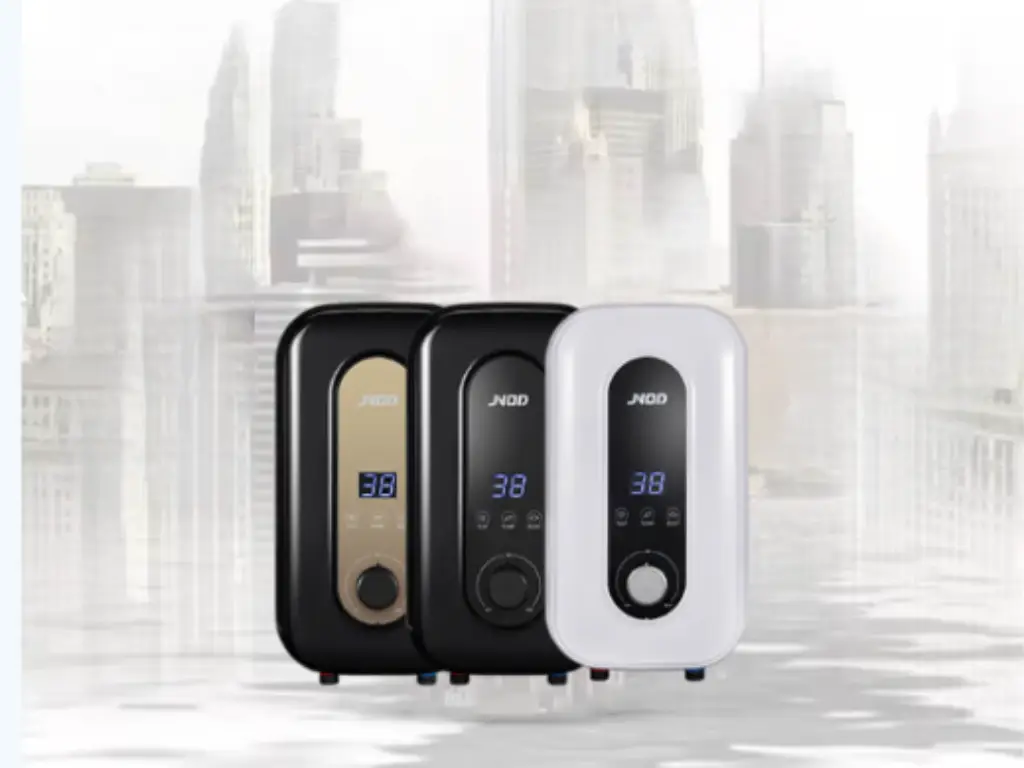
The choice of the proper point of use (POU) water heater is also important for meeting the hot water requirements. Follow this step-by-step guide to make an informed decision:
Assess Your Hot Water Demand
The most important factor to be considered while choosing hot water usage is the amount of hot water usage.Consider the following factors:
Determine the Power Source
Decide between electric, natural gas or hybrid POU water heaters to suit your available energy sources and personal taste.
Consider Size and Capacity
Prioritize Energy Efficiency
Make sure you look for ENERGY STAR certified models that will give you the best energy efficiency and environmentally friendly operation. Efficient units may have an initial higher cost but will make you save money on utility bills in the long run.
Research Reputable Brands and Warranties
Invest in a high-quality POU water heater from a reputable brand that comes with a long warranty. Read customer reviews and ensure that you buy a product that will meet your expectations and offers you a good after-sales service by going through warranty provisions.
Consider Additional Features
You may have different choices based on your needs and budget. For instance, you may desire to have a POU water heater with additional features such as temperature control, self-modulating technology, or remote monitoring.
At JNOD, a top brand in point of use water heaters, we take pride in developing and supplying a wide assortment of quality and new water heaters that meets different residential and commercial needs. Here are some of our top-rated POU water heater models for 2024:
Instant electric water heater from FG-HPD which is JNOD is a space saving product that saves time, money and energy. Additionally, thanks to its patented tankless technology, it is suitable for numerous applications worldwide, ranging from smaller homes to large businesses such as offices or restaurants, and even the public. The highlights include an in-built silent DC booster pump for water pressure boosting, a simple 360° installation, an ergonomic touchscreen control for direct temperature setting, and a patent die-cast aluminum heating element for high efficiency.
The KJ kitchen water heater from JNOD is stylish and has a portable design with a built-in ABS front case, through which one can set the temperature by pushing a button. It is 95% smaller than a tank heater in its size and can be installed on the wall or in various places of use. Nothing JNOD’s patented cast aluminum electric heating element assures the water and electricity separation for safe use. Besides, it has several safety devices to avoid leak detection, overheating and IP25 waterproof rating were also added. The system ensures unlimited supply of hot water along with energy-saving, easy operating, and small space-demanding.
JNOD’s KH-B water heater for kitchens from JNOD comes with a modern and portable design, featuring a high-quality ABS front case and touch button temperature control. It’s 90% smaller than traditional tank heaters and mounting is possible on a wall or at multiple points of use. JNOD’s cast aluminum electric heating element, which is a patented design, makes sure that there is no water and electricity mixing to provide a safe usage. Moreover, it has multiple safety protections incorporated, including overheat prevention, IP25 waterproofing and fault auto-detection. It can supply the instant and endless hot water even though it is energy-saving, easy to use and install, and it has a digital display for users to monitor.
Point-of-use water heaters are the new game-changers in the hot water solution industry, with unlimited hot water supply, energy efficiency and compact designs. Through the knowledge of various types, uses, and installation requirements, you can make a wise choice that is tailored to your hot water needs while also reducing energy waste and saving money. If you invest in an efficient POU water heater, you will never have to be concerned about cold water again.